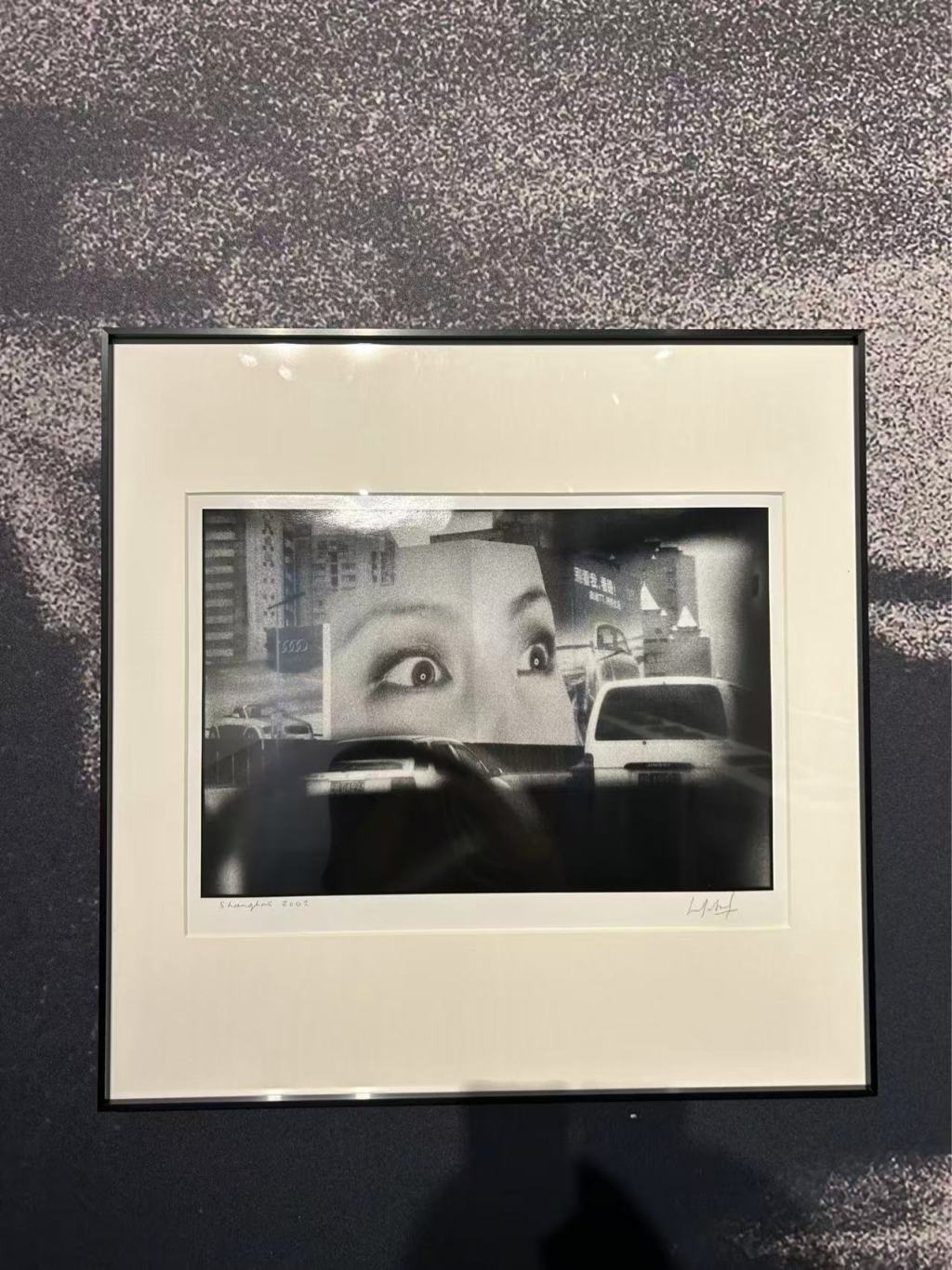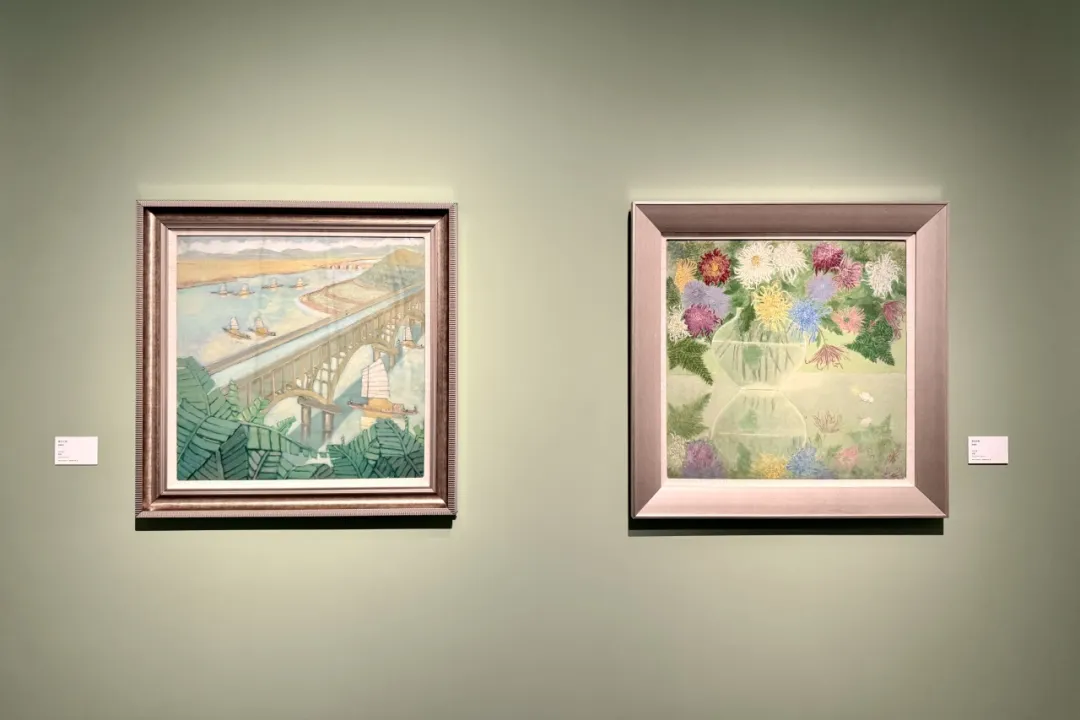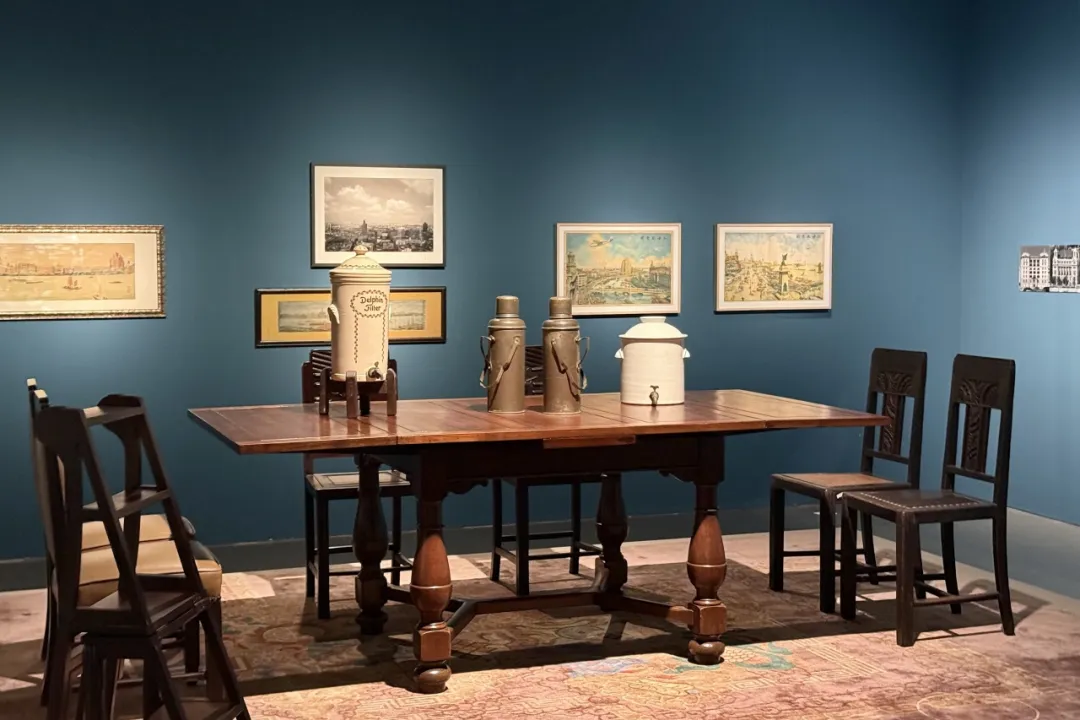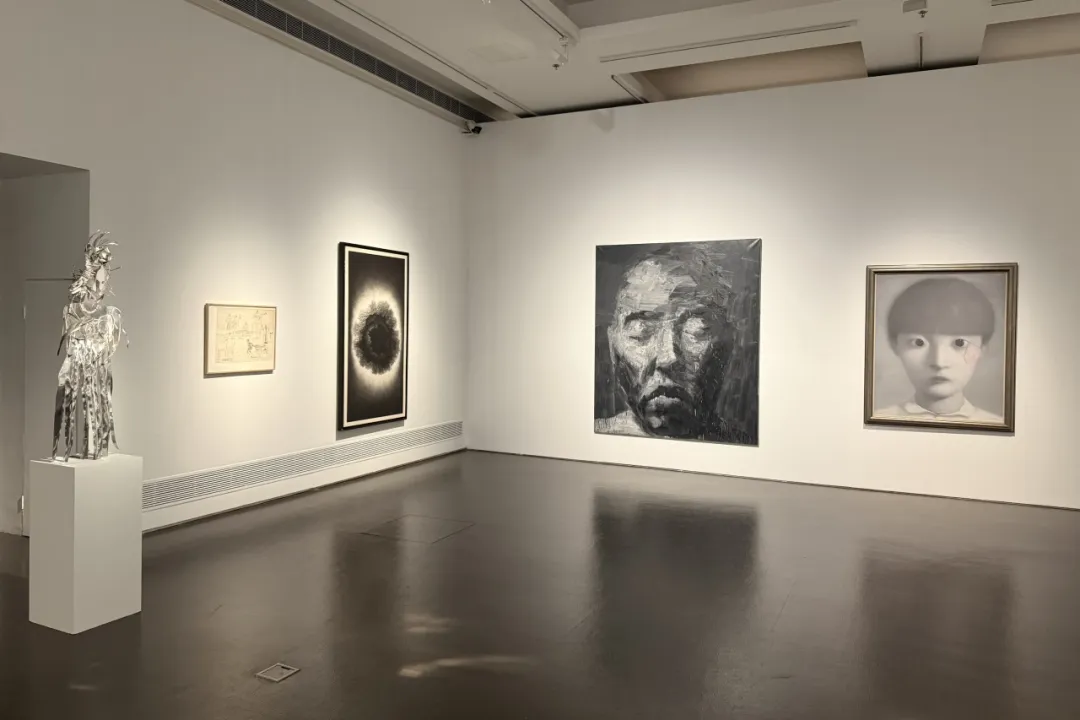
On view in the 41-meter-high exhibition hall of the Shanghai Art Museum, the exhibition "Shanghai Modern" (August 28–October 7) recounts the city's 180-year modernization narrative, since its opening as a port in 1843, with remarkable historical depth and artistic intensity. The exhibition not only unravels the complex imprint of Shanghai's modernization on visual art but also offers valuable Shanghai examples and insights for contemporary artistic explorations of Chinese modernity.

Exhibition site
The Shanghai Art Museum's "Shanghai Modern" exhibition is more than just a display of artworks; it's an intellectual expedition. Through the powerful appeal of visual language, it constructs a three-dimensional, tangible "revelation" of Chinese modernization. With its broad historical perspective, unique curatorial approach, and profound cultural insights, the exhibition not only successfully unravels the complex imprint of Shanghai's modernization on visual art, but also provides valuable Shanghai examples and wisdom for contemporary artistic explorations of Chinese modernity.

Exhibition site

Exhibition view of "Shanghai Eye" by Marc Riboud, 2002
The "Shanghai Modern" exhibition breaks with the linear logic of traditional historical narratives. Through a seamless fusion of multidimensional narrative and dialectical structure, it constructs a diverse, interactive, and even tense dialectical structure. Using the three core characteristics of "avant-garde," "hybridity," and "fluidity" as the guiding thread, the curators skillfully deconstruct Shanghai's modernization journey into three distinct yet intertextual sections: "Red Romance," "Daily in the Modern City," and "New Waves on the Sea." This structure goes beyond a simple chronological division; rather, it deeply analyzes the inherent logic of the modernization process through the dimensions of dynamic mechanisms, cultural forms, and practical methods.

Woodcut prints on display at the exhibition
The exhibition treats artworks not as simple illustrations of history, but rather as its most sensitive nerve endings and most dynamic vehicles for practical application, achieving a harmonious unity of historical depth and artistic sophistication. From the emerging woodcuts championed by Lu Xun, to the modern women melding East and West on calendar posters, from the "hurricane-like" modernist cry of the Juelan Society, to contemporary artists reimagining traditional flowers and birds with incense ash, from the frozen symphony of the Bund's World Architecture Exhibition to the skyscrapers of the Pudong skyline...each exhibit is both an artistic creation and a crystallization of the spirit of the times. The exhibition clearly demonstrates that Shanghai's modernization has never been divorced from its cultural roots and artistic expression; it has always been a holistic movement driven by both material transformation and spiritual exploration.

Propaganda posters on display at the exhibition
In revealing the dialectical relationship between globalization and localism, the exhibition wisely avoids the simple model of "impact-response". Instead, through the concept of hybridity, it brilliantly presents how Shanghai has transformed its attitude from passive acceptance to active acquisition, thereby transforming foreign cultural resources into nutrients for local innovation. Whether it is the combination of Art Deco style and Jiangnan imagery in architecture, the fusion of exotic influences and Chinese folk tales in comics, or the interaction between global issues and Shanghai local knowledge in the Shanghai Biennale, it proves that Shanghai's modernity is by no means a copy of the West, but a creative transformation full of subjective consciousness. This hybridity is not about losing oneself, but making oneself stronger and more unique in the fusion.

Pang Xunqin's works at the exhibition
The exhibition vividly demonstrates how Shanghai's modernization process, through the interplay of top-down pioneering and bottom-up everyday practices, achieved a seamless connection between elite exploration and mass action. On the one hand, it affirms the intellectual enlightenment and value-leading role of cultural elites such as Lu Xun and Pang Xunqin. On the other hand, it also lovingly depicts the immense creative power that emerges from everyday life and the mundane world of the city. It is this resonance between elites and the masses, this symbiosis between the avant-garde and the everyday, that constitutes the endless driving force behind Shanghai's modernization.

Traditional Chinese paintings exhibited at “Shanghai Modern”
The exhibition balances the documentary rigor of documentation with the dynamic and vivid nature of art. It brings together invaluable materials such as original woodcuts, vinyl record sleeves, design manuscripts, and historical photographs, ensuring academic rigor. Simultaneously, the exhibition's restoration of scenes and a seemingly informal yet meticulously designed visitor flow greatly enhance the visual impact and sense of immersion, making the weighty historical topic tangible, palpable, and contemplative.
The exhibition weaves together macro-narratives and micro-experiences. It addresses grand questions about national survival and development, while also focusing on the joys and sorrows of individual lives and the subtle changes in daily life. This intricate interweaving allows viewers to grasp the grandeur of the times and experience the warmth of the people involved in the historical process, thereby gaining a profound and embodied understanding of the abstract concept of "modernization."

Art Deco style furniture at the exhibition
The exhibition raises a series of provocative questions about "modernization," but offers no definitive answers. Instead, through the juxtaposition and contrast of exhibits, it continually challenges viewers with questions: Is modernity the same as Westernization? Are tradition and modernity necessarily in opposition? Who should art serve? How is cultural identity established in the context of globalization? These open-ended questions invite audiences to engage in shared reflection, making the exhibition experience an active and critical journey.
In a sense, "Shanghai Modern" is more than just a historical review of a single city; it also, through the case of Shanghai, reveals certain universal characteristics and future directions of China's path to socialist modernization with Chinese characteristics. Shanghai's story illustrates that Chinese-style modernization must preserve cultural subjectivity. Successful modernization does not involve abandoning one's own history or wholesale transplanting of foreign cultures, but rather, based on cultural confidence, integrating the West with China and applying the past to the present. The "fluidity" characteristic of the exhibition demonstrates that Chinese civilization inherently possesses the capacity to embrace diversity and advance with the times. Today's Chinese-style modernization requires inheriting this sense of cultural subjectivity. While absorbing the best achievements of human civilization, it must also uphold its own cultural roots and values, avoiding becoming a vassal of any external model.

Exhibition view (Photo by Liu Kang)
The exhibition offers a panoramic view of Shanghai's simultaneous modernization across multiple dimensions, including institutions, culture, art, and artifacts. True modernization is far more than simply GDP growth and technological advancement; it encompasses a profound cultural revitalization and the well-rounded development of its people. Urban progress is never a one-way street. In today's world reshaped by AI, cultural heritage remains the irreplaceable foundation for urban development. Technology is an accelerator, culture a guide; neither is indispensable.
From the mobilization and service of art to the public in the "Red Romance" section to the vitality of civic culture in the "Daily Life in Shanghai" section, Shanghai's experience has always included a dimension of "people-orientedness". It tells us that the fruits of modernization must be shared by all the people, and the modernization process must inspire the creative power of the broad masses of people. The common prosperity of all people in Chinese-style modernization is reflected not only in the distribution of material wealth, but also in the enjoyment of cultural resources and the realization of cultural rights. Chinese-style modernization is an inclusive, shared, and people-centered modernization.

Contemporary art section of the exhibition
The "Shanghai Modern" exhibition is a condensed, three-dimensional, and illuminating biography of the city, using the language of art to recount history and illuminate the future with the depth of history. It not only allows us to clearly understand Shanghai's journey from "modern" to "contemporary," but more importantly, it provides an exceptionally rich, profound, and culturally confident framework for understanding the ongoing modernization of China. It belongs to Shanghai, and even more so to China. This exhibition, as a whole, reinforces our conviction that Shanghai, a city in a state of flux, always in a state of unfinished development, will continue to be a pioneer of innovation, writing one glorious chapter after another in the great practice of Chinese modernization.
(The author is Vice Chairman of the Shanghai Artists Association and former Director of the Shanghai Art Museum)

